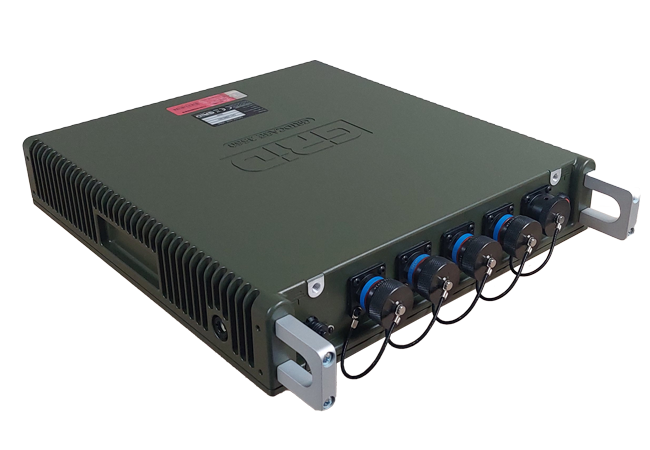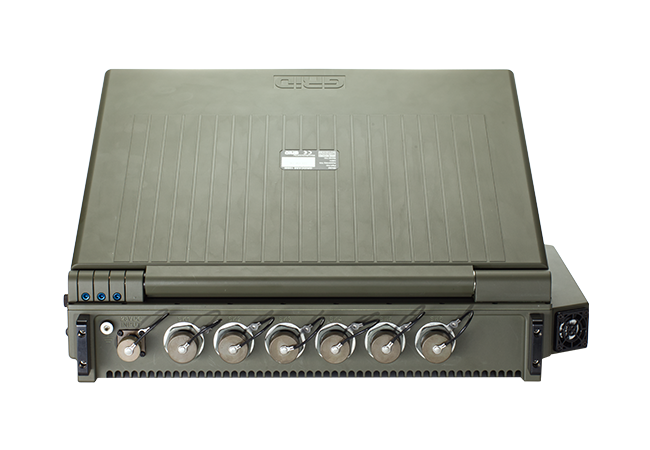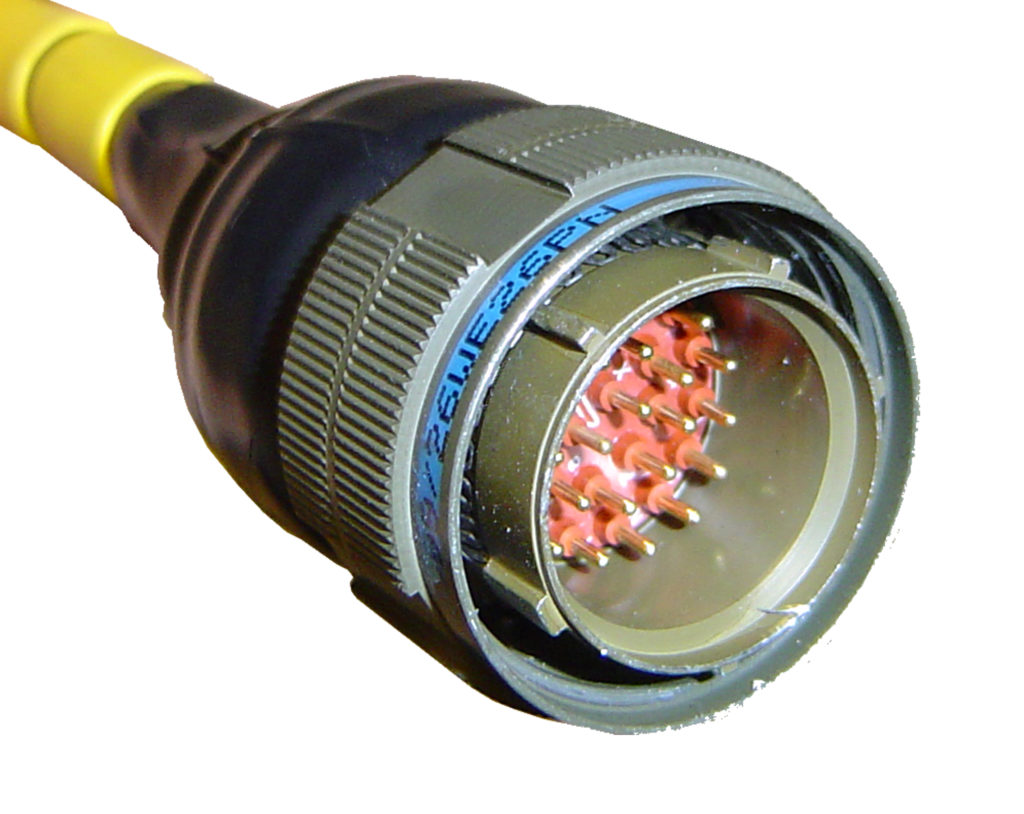At GRiD we make all products to order, and as such we can accommodate the requirements of each and every customer. This enables us to work with customers to facilitate requests that other rugged computer manufacturers may struggle with. In this blog we look at some of the more bespoke requests that customers have made for their rugged computers.
When selecting any type of military system, it is common that some customisation is required so that the individual specifications of the user are met.
At GRiD, most contracts require additional modifications to be made during the bid phase, during which the customer will request specific features that it wants included in its system.
By working closely with all customers to define their requirements, GRiD is able to identify at an early stage these extra features that need to be included – or excluded – so that systems are delivered to the customer’s spec.
In fact, we are confident that we could meet most requirements from a customer (within reason, of course!), an ode to our engineering-first approach and deep understanding of rugged computer design and manufacture.
So what bespoke requests could a customer make to its rugged laptop or tablet order? We’ve compiled a list of five requirements that customers regularly make that GRiD is able to facilitate. The list is not exhaustive, however, and we welcome any new requests!
1. Omission of features
One of the most common requests made by customers is the omission of certain features. This can include: WiFi; Bluetooth; cameras; USB; Ethernet; speakers; and GPS.
These are removed because they pose a security risk for the user – GPS and cameras can give away location, for example – or simply because the surplus to requirements and take up unnecessary space. A commercial USB port allows for the insertion of USB Pen Drives, which allows for unwanted data removal or unwanted insertion of harmful data or viruses.
Fortunately, GRiD does not have to remove these features, because they are not built into the design of our products at all. Our laptops and tablets are tailor-made and built to customer requirements, so there are no production line modifications that need to be made in order to omit a particular feature.
With ruggedised commercial products it is unlikely that these modifications will be as easily made, as non-recurring engineering adds cost, time and risk. This is where selecting a manufacturer that specialises in bespoke rugged military computer design has real benefits.
For more on building a secure computer, read our June blog here: https://www.griduk.com/how-to-manufacture-completely-secure-computer/

2. Unique interfaces
Another request we receive is for unique interfaces and data buses. These allow communications between different parts of a computer, or between two different devices.
An example of this is the MIL-STD-1553 serial data bus, the standard for military avionics testing that allows a computer to interface with an aircraft. Another related bus is the ARINC 429, a data transfer standard for aircraft avionics.
These aircraft interfaces can be incorporated into GRiD products, offering a one-box solution for the user, a distinguishing feature of GRiD’s offering.
Most suppliers require a separate box to be connected to the laptop because they can’t integrate the aircraft interface. This requires extra cables, which introduces potential points of weakness and additional logistics and maintenance overheads. Furthermore, cables transmit emissions, so this is less secure than integrating directly into the laptop.
Read our case study on aircraft avionics interface integration here: https://www.griduk.com/wp-content/uploads/GRiD-and-AIM-Case-Study-GRiDCASE-1595.pdf
A Controller Area Network (CAN) bus, meanwhile, facilitates communications between vehicles, and is also something that can be integrated into GRiD computers.
Other interfaces we have previously integrated include a digital compass, typically in a tablet, and GPS.

3. Multiple communications interfaces
It is fairly common for commercial laptops to include a USB connection, with some larger systems even including two USB ports.
But what about even more of these, say 20?
GRiD is able to configure its laptops with high numbers of communications interfaces in line with customer requirements, which can include multiple serial ports and Ethernet ports in addition to USB.
Ethernet ports in themselves are not unique, but 10 of them is. GRiD is able to host 11 gigabit ethernet ports on a single product, which significantly expands the way in which our laptops can be used.
Serial ports – also known as COM ports – are a way in which computers can communicate with each other, and over eight of these can be included in a GRiD device.
The limitations for the number of interfaces that can be included are space and electronics – only so much data can travel down each printed circuit board installed in a computer. However, because GRiD has oversight of the entire build and each computer is individually hand built, multiple interfaces can be factored in to the build from the offset to accommodate these requirements.

4. Legacy interfaces
As previously mentioned, serial ports are an interface commonly requested by customers, and this is a relatively older technology.
There are also other legacy interfaces that can be included in GRiD products at the request of a customer, and this is quite common to ensure that our rugged computers can easily interface with older equipment operated by the customer. Many armies, navies and air forces still operate legacy platforms that date back decades, so the need to interface with older electronic architectures is still a prevalent requirement in defence.
One example of a legacy interface is a parallel port, used to connect peripherals such as printers. Another is video graphics array – or VGA – an old display standard that has now been replaced with HDMI.
We also receive requests to install 100Mb Ethernet, a slower interface than the gigabit Ethernet ports that are standard today.
Modern interfaces on the other hand include fibre optic internet, HDMI and USB 3, including USB C.
5. Customer-issued parts
GRiD can also integrate parts developed by customers into our computers. Typically, this will be a customer designed interface or power boards designed for a specific standard. This has previously included a transponder that signals where somebody is, which we integrated, tested and shipped to the customer.
GRiD is the OEM of its products and designs, manufactures and tests all of its products in-house, so we have full control of the process and can work with customers to integrate their parts where required.
We are always up for a challenge; do you have a special requirement you’d like to talk to us about? Please get in touch on +44 (0)1628 810 230 or drop an email to sales@griduk.com.

